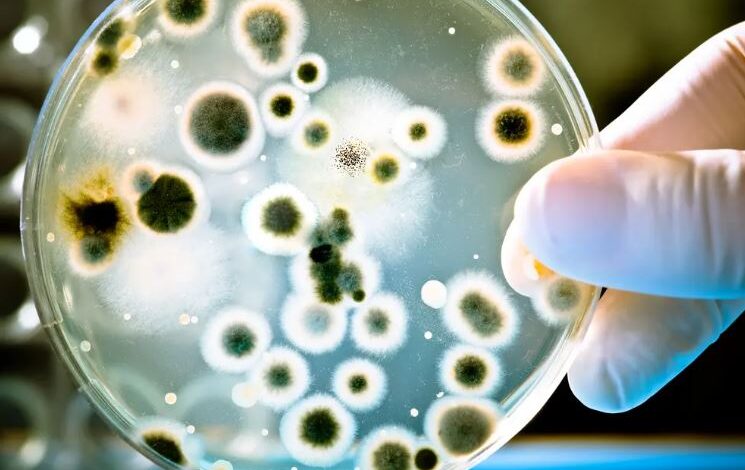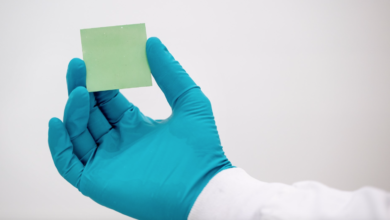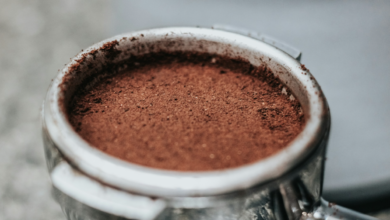From the Berkeley Lab a recyclable bioplastic to infinity
This recyclable bioplastic can be repeatedly broken down into its building blocks and molded into new products without loss of quality
(sustainabilityenvironment.com) – Will there ever be an infinitely recyclable bioplastic? In a study published in Nature, a group of researchers from the Lawrence Berkeley National Laboratory has already found the answer. He found it in bacteria, which are able to create biological alternatives to the starting ingredients used in the plastic production process. The resulting bioplastic is called poly-diketoenamine, abbreviated as PDK.
Unlike traditional plastics, PDK can be repeatedly broken down into its building blocks and shaped into new products without loss of quality. Initially this polymer was created from monomers derived from petroleum. The revolution is to recreate those ingredients from bacteria activity. A work that lasted four years, which saw scientists manipulate in the laboratory the bacterium E. coli, to transform the sugars of plants. From the lactone of triacetic acid, called bioTAL, they produced a PDK with about 80% biological content.
PDK can be used for a variety of products, including adhesives, computer cables, watch straps, building materials and thermosetting materials, i.e., rigid plastics made through a hardening process. The performance of this recyclable bioplastic is even better than that of fossil plastic. The researchers found that by incorporating bioTAL into the material, its working temperature range was widened to 60 degrees. A fact that opens the door to the use of PDK in products that require specific working temperatures, including sports items and car parts such as bumpers or dashboards.
Read also Recycling of compostable bioplastics exceeded 2025 targets
“This is the first time that bioproducts have been integrated to create a predominantly biologically based PDK,” said Brett Helms, the scientist who led the project. “And it is the first time that we see an advantage of the biological method over the use of petrochemical products, both in terms of the properties of the material and the cost of large-scale production”.






